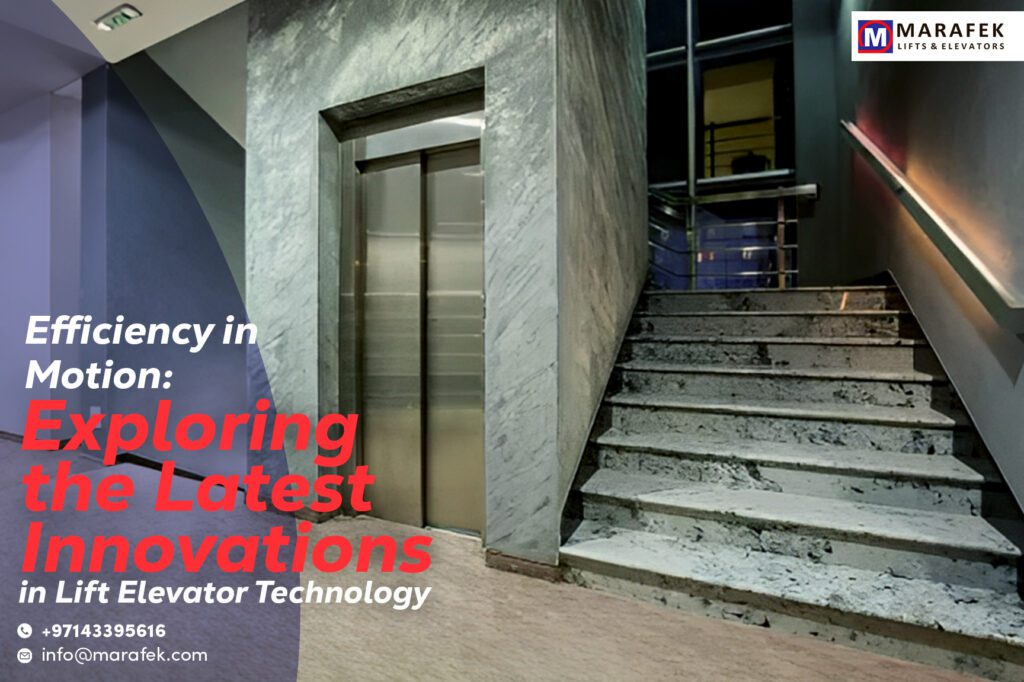Introduction
Elevator technology has come a long way since the first passenger lift company was installed in the mid-19th century. As urbanization grows and skyscrapers become increasingly common, elevators have become integral to modern living, facilitating efficient vertical transportation.
With the constant demand for faster, safer, and more energy-efficient lift manufacturer Dubai, the elevator industry has witnessed remarkable advancements in recent years. This article will delve into some of the latest innovations in lift elevator technology that reshape how we move in buildings and urban spaces.
High-Speed Elevators: Reaching New Heights
Tall buildings must accommodate growing populations and maximize limited land space in densely populated urban areas. High-speed elevators are designed to whisk passengers to upper floors in a fraction of the time it used to take. Modern high-speed elevators utilize advanced traction systems, streamlined cabins, and precision engineering to reach once-unimaginable speeds. These elevators can travel over 60 floors per minute, significantly reducing wait times and improving overall building efficiency.
Double-Deck Elevators: Doubling Capacity, Minimizing Footprint
Optimizing elevator capacity and efficiency is crucial as buildings get taller and space becomes a premium. Double-deck elevators have emerged as a solution to this challenge. These elevators feature two stacked cabins within the same shaft, allowing for transporting more passengers or freight without increasing the elevator’s footprint. By efficiently utilizing vertical space, double-deck elevators alleviate congestion and enhance the flow of people within buildings.
Destination Control Systems: Smart Efficiency
Traditional elevator systems operate on a simple “up-down” mechanism, often leading to inefficiencies and crowded cabins. Destination control systems use artificial intelligence and predictive algorithms to optimize elevator movement based on passenger destinations. By selecting the desired floor before boarding, the system groups passengers with similar destinations into the same elevator, reducing stops and travel time. This smart technology not only improves efficiency but also enhances the passenger experience.
Maglev Elevators: A Magnetic Rise
Magnetic levitation (maglev) technology is revolutionizing various industries, and elevators are no exception. Maglev elevators use magnetic repulsion and propulsion to lift companies and move cabins along vertical tracks, eliminating the need for traditional cables and pulleys. This frictionless technology provides a smoother ride and reduces maintenance requirements and energy consumption, making it a greener alternative for tall buildings.
Energy Regeneration: Powering Efficiency
Conventional elevators consume significant energy, especially in high-rise buildings with heavy passenger traffic. Energy regeneration systems have been introduced to capture and convert excess energy generated during the elevator’s descent into electricity. This regenerated power is then redirected back into the building’s grid or used to power other elevator functions, effectively reducing overall energy consumption and making elevators more sustainable.
Conclusion
The constant quest for efficiency, safety, and sustainability has driven remarkable innovations in lifts and elevator. High-speed elevators, double-deck designs, destination control systems, maglev technology, and energy regeneration are cutting-edge solutions transforming vertical transportation. As urban landscapes continue to evolve, these innovations will play a crucial role in shaping the future of elevators, providing faster, smoother, and greener rides for passengers while optimizing building efficiency in an increasingly vertical world.


